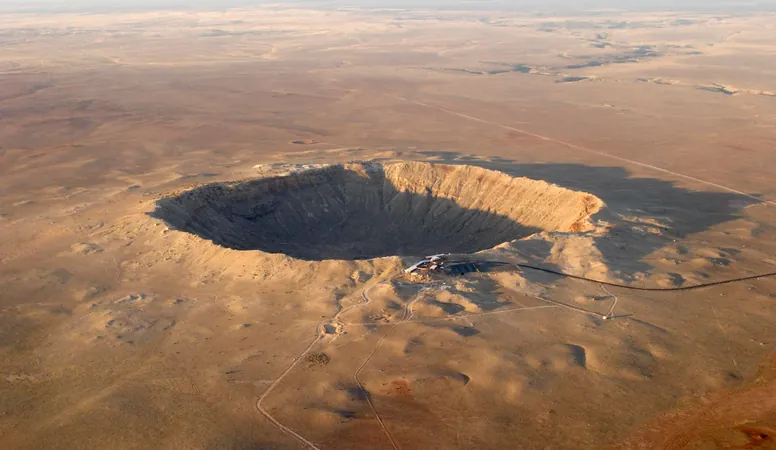
Unveiling Ancient Mysteries: Meteor Impact Linked to Grand Canyon Landslide Disaster!
2025-07-24
Author: Charlotte
A Geological Revelation in Arizona!
A groundbreaking study has unearthed a fascinating link between the famed Meteor Crater in Arizona and a colossal landslide that once dammed the Colorado River, resulting in the formation of a prehistoric lake in the Grand Canyon 56,000 years ago. This revelation opens a window into a cataclysmic past that shaped the iconic landscape we recognize today.
The Mystery of Driftwood and Ancient Sediments
Researchers have long puzzled over the presence of driftwood and ancient lake sediments discovered in Stanton’s Cave, located high above the Colorado River in Marble Canyon. How did these materials end up in such an elevated position?”
“The explanation might lie in extraordinary flood events—potentially ten times greater than any observed flood in recent history—or in evidence of older deposits,” explains lead author Karl Karlstrom from the University of New Mexico. “Alternatively, these could have floated in from a paleolake created by a landslide or volcanic dam downstream.”
A Family Legacy of Discovery
The quest for answers dates back to the 1960s when Karlstrom’s father, Thor, conducted pioneering geology and archaeology research in Stanton’s Cave. Among their findings were remnants of species long gone from the region, such as the California condor and Harrington’s Mountain goat, alongside ancient artifacts crafted by the ancestors of contemporary tribes.
Initial dating of driftwood samples suggested they were over 35,000 years old, but advanced methods later recalibrated their age to a staggering 56,000 years.
Connecting the Dots: Landslide Theory
In the 1980s, geologist Richard Hereford proposed that a landslide near Nankoweap Canyon could have formed a dam, leading to the creation of the paleolake that allowed driftwood to wash into Stanton’s Cave. This theory ignited further investigation into other caves as potential sites for similar findings.
Co-author Dr. Laurie J. Crossey noted, “From extensive research trips, we identified several caves with both driftwood and sediment samples, pinpointing their dates to around 55,600 years.” Remarkably, in a now-inaccessible cave, researchers even uncovered preserved beaver tracks, hinting at prolonged high water levels.
The Role of Asteroids and Earthquakes
Typically, landslides are instigated by natural factors such as erosion, earthquakes, or volcanic activity. However, shock waves from an asteroid impact—like that which created the famous Meteor Crater—could also trigger massive rock collapses.
Dr. David Kring, a co-author and expert on the Meteor Crater, has calculated that the impact would have generated a significant earthquake, capable of shaking the Grand Canyon region and potentially leading to the landslides observed today.
Convergence of Evidence: A Catastrophic Timeline
The alignment of dates from various geological features paints a compelling picture: the meteorite impact, resulting landslide, and lake deposits all coalesce into a narrow timeframe of approximately 55,600 years. Karlstrom concludes, "These interconnected events represent an extraordinary chapter in Earth’s geological history, suggesting a causal relationship that shaped the Grand Canyon as we know it today."
Discover More!
Dive deeper into this captivating research by checking out the full study titled "Grand Canyon landslide-dam and paleolake triggered by the Meteor Crater impact at 56 ka," published in the journal Geology.

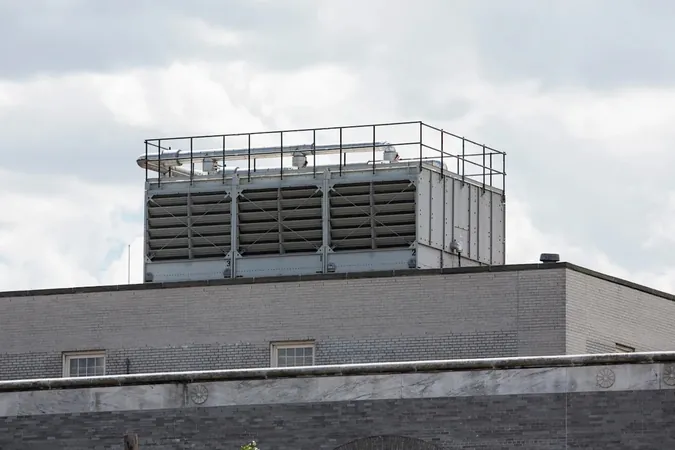
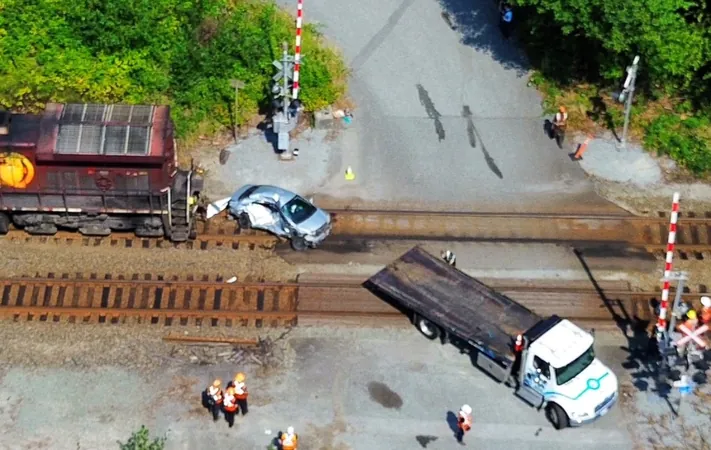
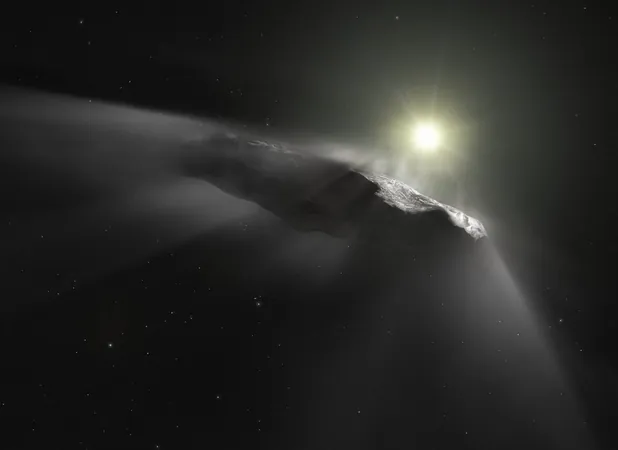



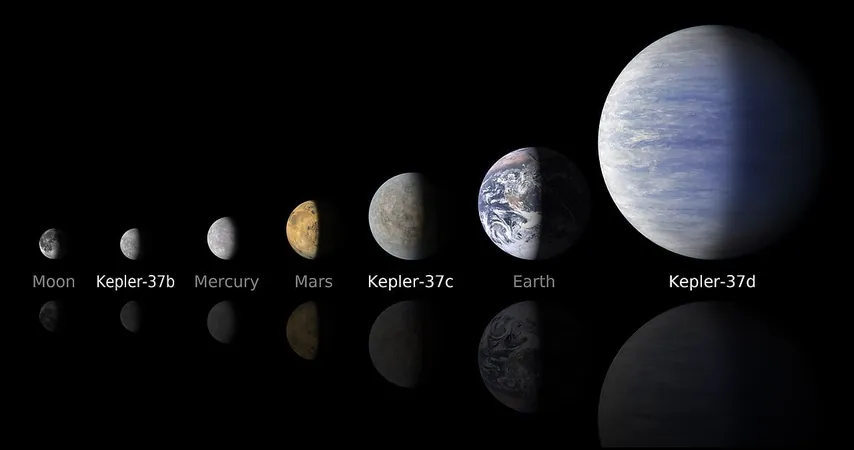

 Brasil (PT)
Brasil (PT)
 Canada (EN)
Canada (EN)
 Chile (ES)
Chile (ES)
 Česko (CS)
Česko (CS)
 대한민국 (KO)
대한민국 (KO)
 España (ES)
España (ES)
 France (FR)
France (FR)
 Hong Kong (EN)
Hong Kong (EN)
 Italia (IT)
Italia (IT)
 日本 (JA)
日本 (JA)
 Magyarország (HU)
Magyarország (HU)
 Norge (NO)
Norge (NO)
 Polska (PL)
Polska (PL)
 Schweiz (DE)
Schweiz (DE)
 Singapore (EN)
Singapore (EN)
 Sverige (SV)
Sverige (SV)
 Suomi (FI)
Suomi (FI)
 Türkiye (TR)
Türkiye (TR)
 الإمارات العربية المتحدة (AR)
الإمارات العربية المتحدة (AR)